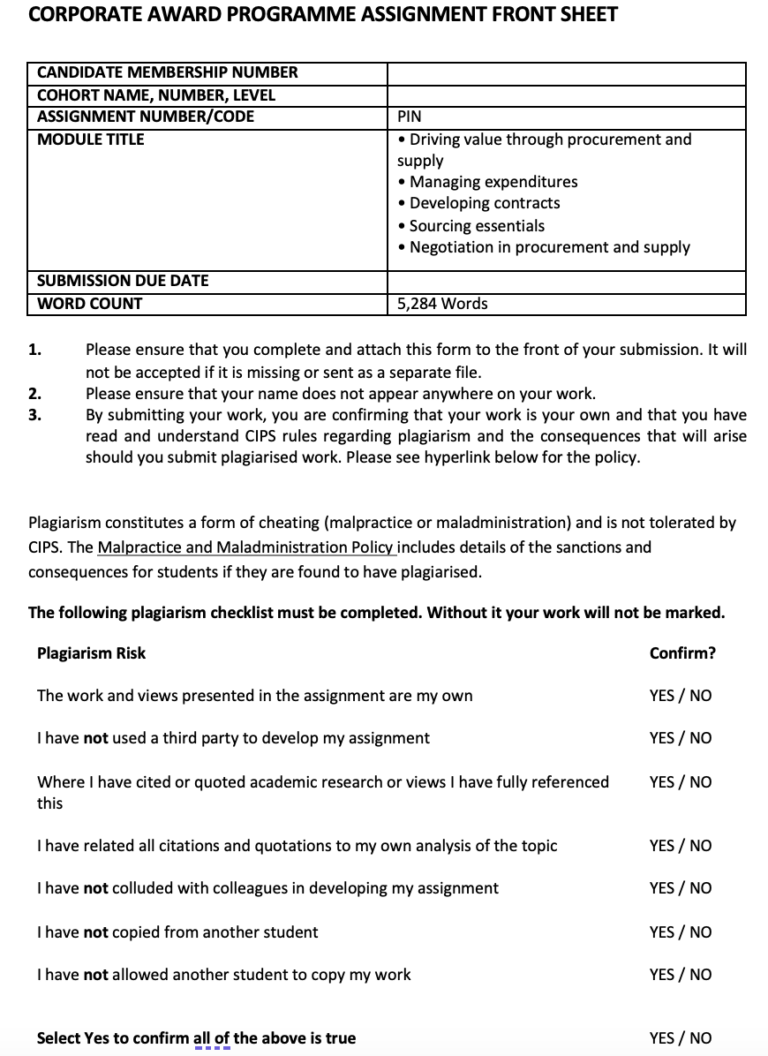Description
Solution
SECTION 2
1.4 Data Analysis
To calculate the percentage turnover for each department, I used the formula:
Turnover Percentage= (Total Employees/Leavers) ×100
2020
- Administration: 4/22×100=18.2%
- Maintenance: 5/9×100=55.6%
- Marketing: 0/4×100=0%
- Production: 70/231×100=30.3%
- People Team: 1/6×100=16.7%
- Research & Design: 1/4×100=25%
- Sales: 19/42×100=45.2%
- Packing & Dispatch: 21/36×100=58.3%
- Finance: 2/5×100=40%
2021
- Administration: 8/20×100=40%
- Maintenance: 3/8×100=37.5%
- Marketing: 0/4×100=0%
- Production: 3/2198×100=16.2%
- People Team: 0/6×100=0%
- Research & Design: 0/3×100=0%
- Sales: 3/35×100=8.6%
- Packing & Despatch: 6/15×100=40%
- Finance: 0/4×100=0%
2022
- Administration: 9/20×100=45%
- Maintenance: 3/8×100=37.5%
- Marketing: 1/4×100=25%
- Production: 3/8178×100=21.3%
- People Team: 3/6×100=50%
- Research & Design: 0/4×100=0%
- Sales: 0/40×100=0%
- Packing & Despatch: 8/16×100=50%
- Finance: 0/4×100=0%
2023
- Administration: 2/18×100=11.1%
- Maintenance: 1/7×100=14.3%
- Marketing: 0/4×100=0%
- Production: 29/181×100=16%
- People Team: 2/5×100=40%
- Research & Design: 1/4×100=25%
- Sales: 2/45×100=4.4%
- Packing & Despatch: 3/15×100=20%
- Finance: 0/3×100=0%
To calculate the overall turnover rate for the entire organization each year, we sum the total number of leavers and total employees, then apply the turnover formula:
Overall Turnover Percentage= (Total Employees/Total Leavers) ×100
2020:
- Total employees = 359
- Total leavers = 123
- Turnover: 123359×100=34.3%
2021:
- Total employees = 285
- Total leavers = 52
- Turnover: 52285×100=18.2%
2022:
- Total employees = 275
- Total leavers = 62
- Turnover: 62275×100=22.5%
2023:
- Total employees = 282
- Total leavers = 40
- Turnover: 40282×100=14.2%
Data Presentation
- Bar Graph-The following is the Bar Graph presenting the year-wise Turnover percentages of each department (2020-2023). It has a graphical display of the turnover rates by department making it less time consuming to determine departments with high or little turnover in the previous years.
Please click the following icon to access this assessment in full
Related Papers
(Solution) 5CO02 Evidence-based practice Assessment ID / CIPD_5CO02_24_01 CIPD Level 5
(Solution) CIPD New Level 7 7LD03- Designing Learning to Improve Performance
(Solution) Sourcing essentials (PSE) Saudi Downtown Company (SDC) Information Technology (IT) systems
In this report, an evaluation of various sourcing approaches used in sourcing has been pursued. Through a focus on Saudi Downtown Company (SDC), sourcing of Information Technology (IT) systems post COVID due to popularity of remote working in the different departments has been identified as the spend area.
In the evaluation process, different tools including Mendelow Matrix, Kraljic Matrix, SWOT analysis, Hierarchy of need, and Peter Block Grid have been adopted in the analysis.
The different sourcing approaches have been identified and their influence for the organisation best practice noted. At the end, by using Cater’s 10C’s tool, supplier appraisal has been carried out for the identified spend area.
The findings in this assessment evidence that SDC adopts various sourcing approaches for their different spend categories.
There is nevertheless a challenge in embracing strategic sourcing in their operations. Further, the organisation use different sourcing approaches including multiple sourcing, single sourcing, sole sourcing and dual sourcing.
All these sourcing approaches are distinct and involved in engagement of different suppliers, only one supplier involved, monopolistic suppliers engaged and suppliers with demands which conflict respectively.
In line with the findings and conclusions obtained in this assessment, various recommendations have been suggested for SDC. They include;
- To select best sourcing approach informed by the characteristics of their spend categories
- Ensure various legislations and policies are initiated to aid use of technologies and innovation in their sourcing process
- Implement a fully streamlined PS&M strategy with entire stakeholders interests prioritised
- Improve information flow and supporting their sourcing strategy by leverage on different approaches (RFQ, RFP and e-Auction) integrated to product lifecycle
(Solution) CIPS PIN Final Assessment Negotiation in procurement and supply
- In this integrative assessment for Corporate Award Program establishes it has provided a formal commercial negotiation for Occidental of Oman operating in oil and gas industry.
- Commercial negotiation plan has been developed by reference to data, factual information and CIPS tools. HSE and chemicals portfolio spend category has been identified and evaluated in-depth to come up with an appropriate negotiation plan.
- The importance of identifying the HSE and Chemicals are informed by the previous COVID-19 pandemic which has informed on the need for adopting healthy business environment which is free from any infections.
- Further, coming from the pandemic where the level of business operations had significantly reduced and the organisation need to restart their operations by cleansing their systems and machines. In this case, the need for HSE and the chemicals portfolio in Occidental of Oman has been in an upward trajectory.
- For negotiation successful implementation, Occidental of Oman involves professionals, terms and conditions initiated, holistic readiness and streamlined procurement and supply chain approaches. This is with good forecast and plans being core for guaranteeing customers services delivery on time.
- From the analysis, different tools including SWOT, PESTLE and 4R’s have evidenced that Occidental of Oman is always on the advantage of ensuring they achieve the Best Alternative for Negotiated Agreement (BATNA).
- Also, this report highlight the need for holistic planning by prioritising on all expectation from the initial opening to the closure and agreement phases of negotiation.



